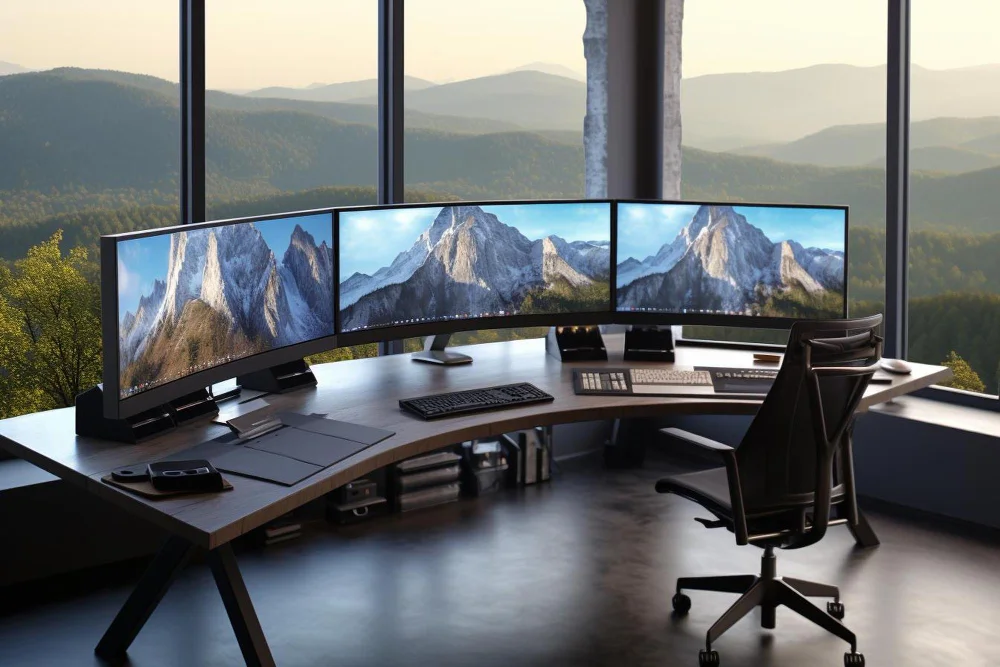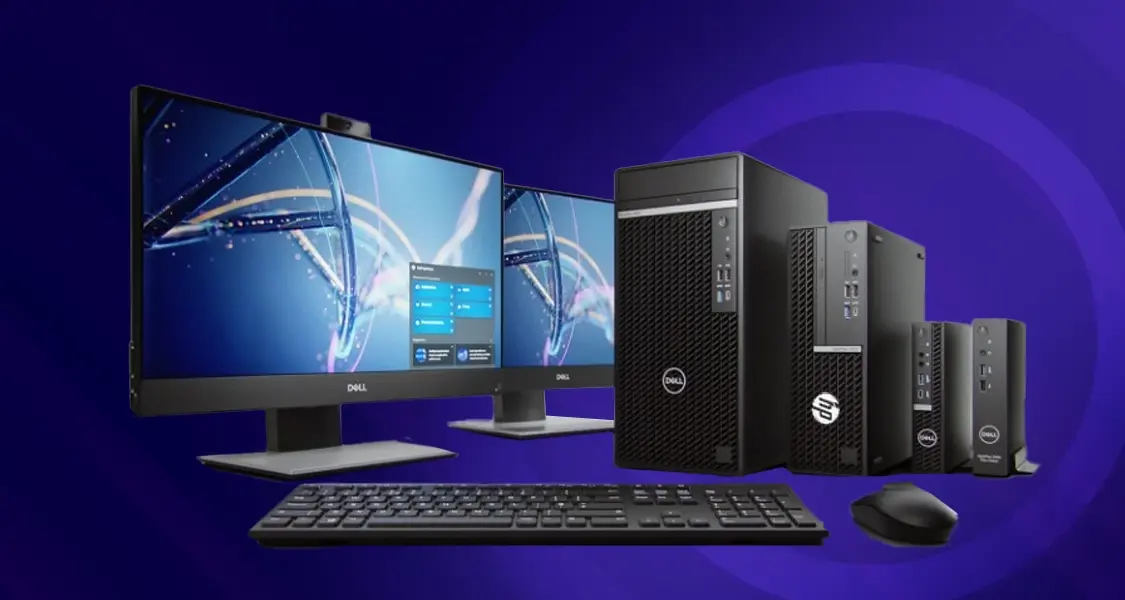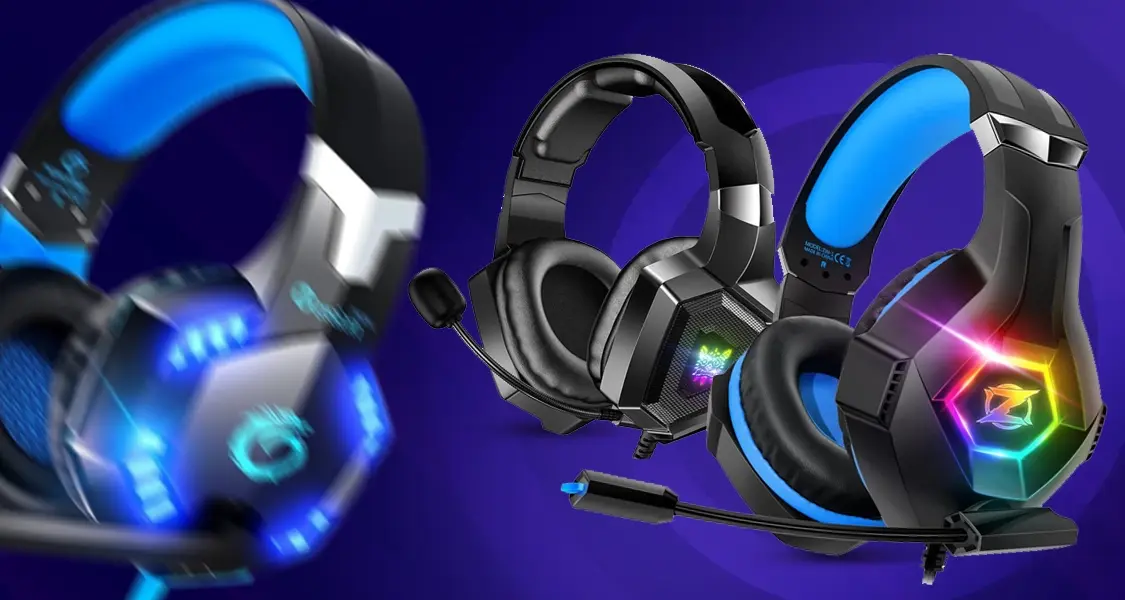Understanding Monitor Specifications: Refresh Rate, Response Time, Panel Types
Have you ever walked into an electronics store, overwhelmed by the number of options and felt completely lost? All those numbers and technical terms can make your head spin! We’ve all been there.
But here’s the thing: understanding those monitor specs – those fancy words describing the screen – is actually really important. The right specs will give you the perfect result (or the best viewing experience for your needs).
We’re going to break down all those confusing monitor specs in a way that’s easy to understand. By the end, you’ll be able to walk into that store with confidence, knowing exactly what to look for.
So, let’s dive into the world of ‘understanding monitor specs‘
Key Monitor Specifications Explained
Let’s break down the most important things to look for when choosing a monitor:
-
Resolution
Think of your monitor like a giant grid of tiny dots called pixels. Resolution tells you how many of these dots there are. The more pixels, the clearer and clearer the picture.
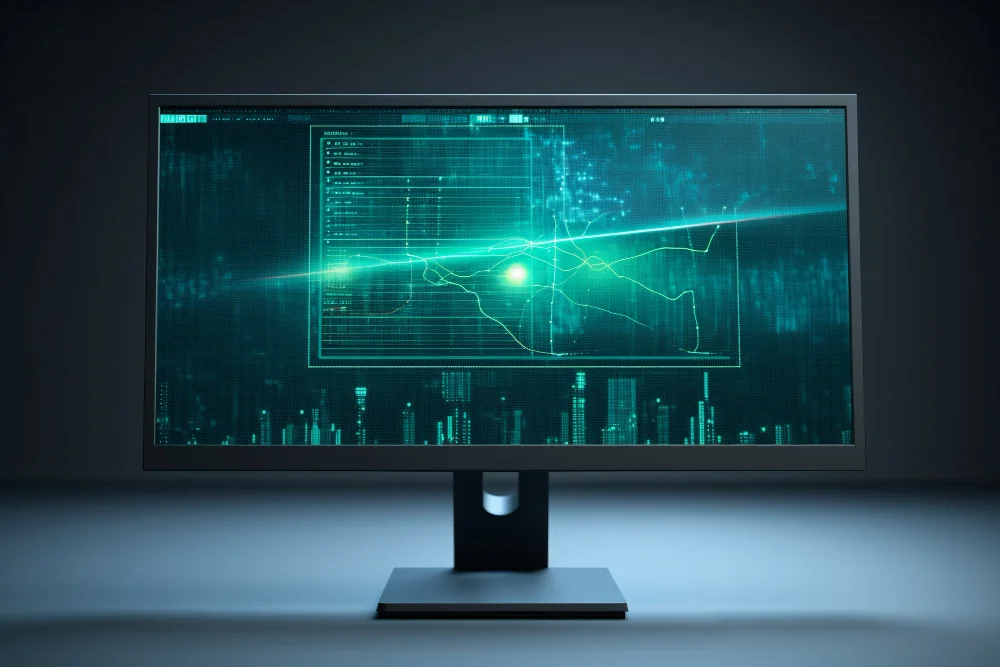
- Common Resolutions:
-
-
- 1080p (Full HD): This is like a standard definition TV. Good for everyday use, but not the sharpest.
- 1440p (QHD): Think of this as a step up from 1080p. Things look noticeably crisper, and you have more space on your screen to work with.
- 4K (UHD): This is like high definition on steroids. Images are super sharp, and you have tons of screen space. Great for movies and detailed work, but you need a powerful computer to handle it.
-
- What it means for you:
-
- General Use: 1080p is usually fine.
- Gaming: 1440p or 4K will make games look amazing, but you’ll need a good graphics card.
- Professional Work (photo/video editing): 4K is ideal for seeing all the tiny details.
-
Panel Types
There are three main types of panels: TN, IPS, and VA. Each has its strengths and weaknesses.
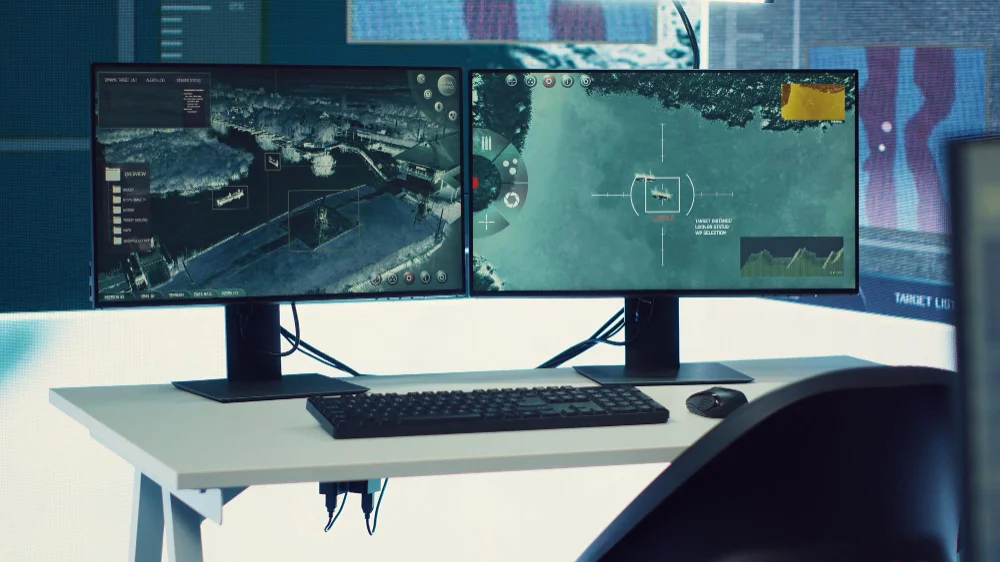
- TN (Twisted Nematic):
-
-
- Pros: Fast response times (good for gaming), affordable.
- Cons: Colors aren’t as accurate, viewing angles are limited (picture looks worse from the side).
-
- IPS (In-Plane Switching):
-
-
- Pros: Great color accuracy (good for photo/video editing), wide viewing angles.
- Cons: Can be more expensive, response times aren’t as fast as TN.
-
- VA (Vertical Alignment):
-
-
- Pros: Deep blacks and high contrast (good for movies), decent viewing angles.
- Cons: Can have some motion blur, not as color accurate as IPS
-
- What it means for you:
-
- Gaming: TN is a good budget option, but IPS is better if you want great colors too
- Professional Work: IPS is the way to go for color accuracy.
- General Use: VA is a good middle ground, offering decent picture quality at a reasonable price
-
Refresh Rate
Refresh rate tells you how many times per second the picture on your screen is updated. Higher refresh rates mean smoother motion, especially in games or fast-paced videos.
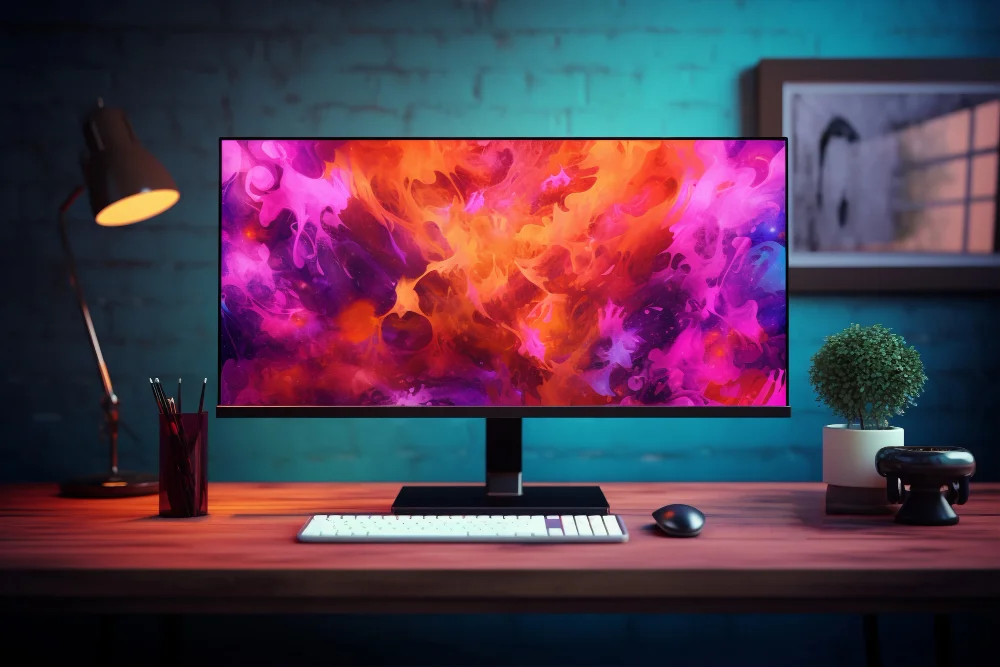
- Common Refresh Rates
-
-
- 60Hz: This is the standard. Okay for most things, but can feel a bit choppy in action scenes
- 144Hz: Much smoother, especially for gaming
- 240Hz: The smoothest you can get, but you need a super powerful computer
-
- What it means for you:
-
- Gaming: Higher is better. 144Hz is a good sweet spot.
- General Use: 60Hz is usually fine.
- Professional Work: Not as important, unless you’re editing videos with lots of fast motion
-
Response Time
Response time measures how quickly each pixel can change color. A fast response time means less motion blur or “ghosting” (where you see a faint trail behind moving objects)
- What it means for you:
-
- Gaming: Lower is better. Aim for 1ms or 2ms
- General Use: Not as critical
- Professional Work: Not usually a major concern
Other Important Specs
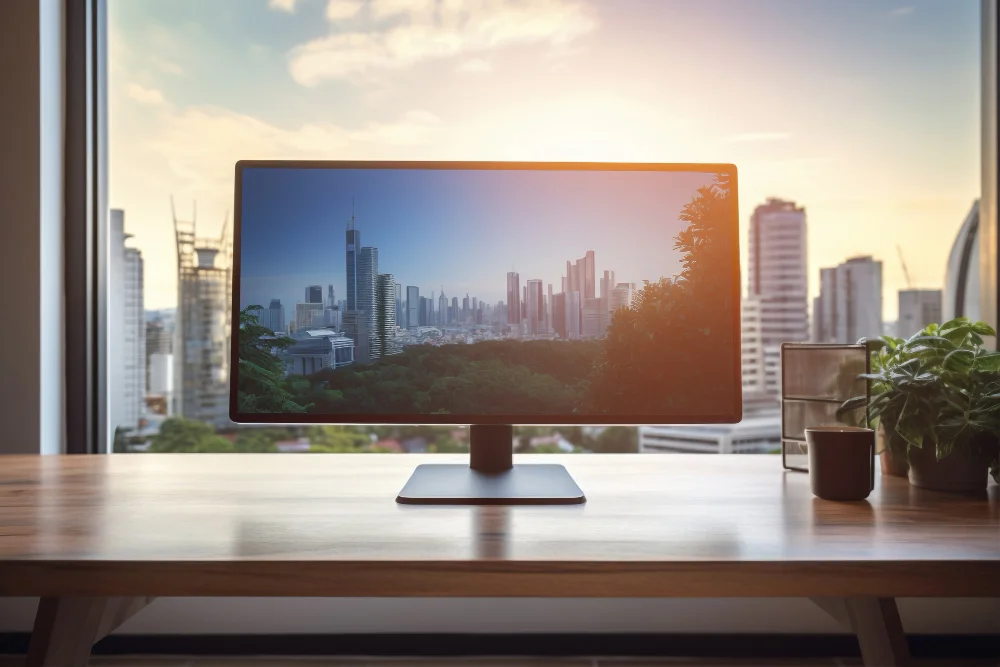
Here’s a quick rundown of some other things to consider:
- Aspect Ratio: This is the shape of the screen (e.g., 16:9 is widescreen).
- Contrast Ratio: This is the difference between the brightest white and darkest black the monitor can display. Higher is better.
- Brightness: How bright the screen can get. Important if you’re in a bright room
- Color Gamut: This tells you how many different colors the monitor can display. Wider is better, especially for professional work
- Adaptive Sync: Technologies like FreeSync and G-Sync help prevent screen tearing (where the image looks like it’s splitting) in games
- HDR (High Dynamic Range): Makes colors more vibrant and realistic
- Connectivity: Make sure the monitor has the ports you need to connect it to your computer
Bottom Line
Understanding monitor specs is key to finding the perfect screen, whether you’re gaming, editing, or just watching Netflix. For top options, check out our Top 10 Best Monitors in Pakistan. If you’re upgrading your setup, explore the Best Laptops for Video Editing and Top Features for Gaming Laptops. Armed with this knowledge, you’re ready to find the monitor of your dreams!
And if you found this guide helpful, share it with your friends or leave a comment below.

